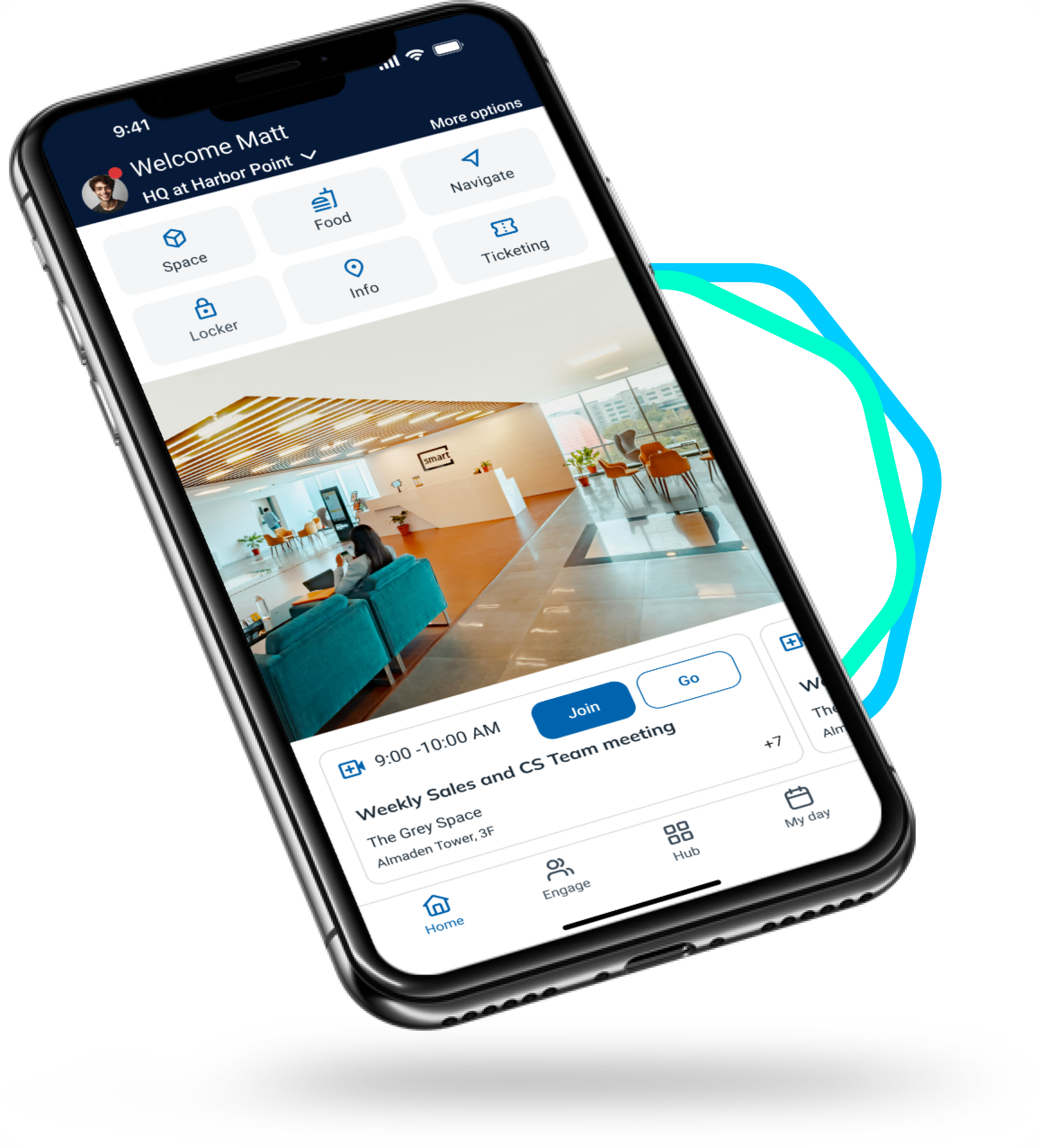
A Practical Readiness Checklist
Return-to-Office (RTO) has become one of the most complex and debated challenges facing large enterprises today. Global leaders like Amazon, JPMorgan Chase, AT&T, Dell, Ford, Goldman Sachs, and Starbucks are all rethinking what it means to bring employees back into the workplace.
What we’ve seen is clear:
RTO success isn’t about enforcing attendance. It’s about creating an employee experience that makes the workplace worth returning to.
To help leaders benchmark their own strategies, we’ve created a practical RTO Readiness Checklist - informed by lessons from some of the world’s largest organizations.
1. Culture & Communication
✔️ Have you clearly defined why employees are being asked to return?
✔️ Is leadership aligned on messaging and expectations?
✔️ Do employees feel they’ve been included in the process?
✔️ Is there a feedback loop to capture ongoing concerns?
Enterprise Lessons:
- Amazon framed its RTO mandate (3 days/week) as essential for innovation and collaboration, but employees protested the top-down messaging. The takeaway: clarity matters, but so does tone.
- AT&T implemented 5 days/week in early 2025, positioning it as a return to collaboration. Employees pushed back over space and logistics issues, highlighting the importance of execution details.
- JPMorgan Chase enforced attendance via badge data and later reported morale dips in internal survey - showing that compliance data without sentiment tracking can miss deeper issues.
- Goldman Sachs consistently pushed for full-time office work, emphasizing performance and culture, but faced employee frustration over lack of flexibility.
- Ford initially used a phased, role-based approach with some manager discretion, but as of September 2025 will require 4 days/week - illustrating how strategies evolve.
Why it matters: If employees don’t understand the purpose, RTO feels like a mandate, not a mission.
2. Flexibility & Equity
✔️ Does your model offer hybrid flexibility?
✔️ Are policies consistent across roles, teams, and regions?
✔️ Are managers trained to apply policies fairly?
Enterprise Lessons:
- Dell faced equity concerns when fully remote employees became ineligible for promotions; later, it moved many roles to 5 days/week, raising trust and fairness questions.
- RBC announced that hybrid staff will shift to 4 days/week in September 2025, with employee concerns around commute costs.
- TD Bank is also moving to 4 days/week (executives in October, most other staff in November 2025), noting that office readiness varies by region.
- Scotiabank asked Toronto-area staff to be in 4+ days/week, but differences across regions created inconsistency.
- WPP’s global 4-day mandate sparked employee petitions, with enforcement varying by office.
- TikTok tracks RTO through a “MyRTO” dashboard, but uneven enforcement across teams has fueled frustration.
Why it matters: Equity issues can quickly erode trust, especially across large, diverse enterprises.
3. Employee Wellbeing
✔️Have you factored in commuting, childcare, and scheduling impacts?
✔️ Are there resources to support mental health and stress management?
✔️ Are managers equipped to spot and address burnout?
Enterprise Lessons:
- Starbucks Corporate increased in-office expectations, moving some leaders to 4 days/week. Employees raised commute and childcare stress concerns.
- Samsung pushed semiconductor staff in the U.S. to 5 days/week with badge tracking, sparking discontent among skilled workers who valued flexibility, raising retention risks.
- The Washington Post increased in-office requirements in late 2024; staff protested, citing wellbeing and flexibility as top concerns.
Why it matters: Without support, the return can increase stress and accelerate burnout.
4. Workplace Logistics
✔️ Do you have the right office setup for hybrid work?
✔️ Are tools in place for seamless desk/room booking?
✔️ Have you accounted for regional office differences?
Enterprise Lessons:
- Ford redesigned campuses with collaboration zones, flexible spaces, and wellness features, aligning the physical environment with hybrid expectations.
- RBC is emphasizing in-person collaboration, and like many large enterprises, is rebalancing office layouts to prioritize team spaces over individual desks.
- Dell struggled with underused real estate when office space didn’t align with employee expectations, highlighting the cost of mismatched design.
Why it matters: A smooth office experience reduces friction and makes employees more willing to return.
5. Measurement & Feedback
✔️ Are you collecting real-time employee sentiment?
✔️ Do you have data to measure engagement, adoption, and productivity?
✔️ Is there a process for adjusting policies based on feedback?
Enterprise Lessons:
- JPMorgan Chase enforced attendance through badge tracking, but internal surveys later revealed morale dips, showing why compliance data alone isn’t enough.
- WPP rolled out its 4-day mandate without robust employee input, leading to petitions and talent-market risks.
- Other enterprises are using regular feedback loops (pulse surveys, employee sentiment tools) to refine policies and maintain trust.
Why it matters: What gets measured gets improved. Feedback and data are the foundation of continuous RTO success.
How CXAI Can Help
At CXAI, we support Fortune 500 organizations across industries in ensuring RTO isn’t just a return to physical spaces but a step forward in culture, innovation, and employee experience.
Our Agentic AI-powered workplace platform helps enterprises:
- Unify hybrid experiences across global teams
- Provide smart workplace tools (navigation, booking, collaboration)
- Collect and analyze employee sentiment in real time
- Deliver equitable, consistent experiences across geographies
The Bottom Line
From Amazon to Ford, from Starbucks to Samsung, enterprises are learning that RTO is not one-size-fits-all. The companies that succeed treat RTO as a people experience, not just a workplace policy.
RTO readiness isn’t about checking boxes - it’s about aligning strategy, culture, and technology to create a workplace employees want to return to.
The organizations that get it right will transform RTO into a competitive advantage- strengthening culture, sparking innovation, and driving performance.

.png)

.png)






